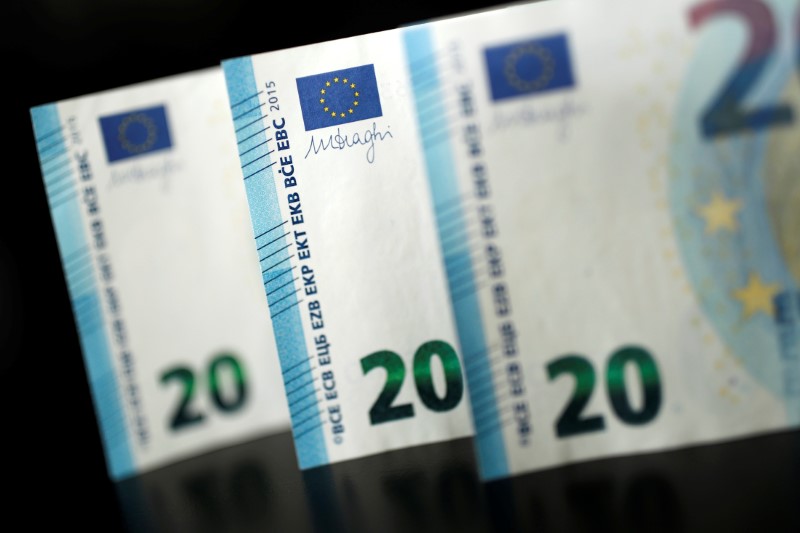Pilgrim Global buys Sable Offshore (SOC) shares worth $14.7m
Investing.com - The U.S. dollar edged marginally higher Tuesday ahead of Federal Reserve Chair Jerome Powell’s speech later in the session, following the U.S. central bank’s recent rate cut.
At 03:00 ET (08:00 GMT), the Dollar Index, which tracks the greenback against a basket of six other currencies, traded 0.1% higher to 97.012, rebounding slightly after falling in the previous session.
Powell set to speak
The U.S. currency is trading in a tight range so far this week, after the prior week’s volatility, with the spotlight turning to a speech later in the session from Fed Chair Jerome Powell.
His statements will come after the Fed chose to slash interest rates by 25 basis points at its latest policy meeting last week. But messaging from the central bank on the path ahead for borrowing costs left room for debate around further cuts before the end of 2025, placing more emphasis on any comments Powell may provide about the policy trajectory.
New Federal Reserve Governor Stephen Miran called for aggressive rate cuts on Monday, but a number of his colleagues took a more cautious line, saying the focus needed to remain on ensuring inflation returns to the Fed’s 2% target.
“They [Alberto Musalem, Raphael Bostic and Beth Hammack] do stand on the hawkish side of the spectrum, so that isn’t hugely surprising, but their comments suggest the hawkish front remains relatively firm despite stronger dovish pressure,” said analysts at ING, in a note.
Markets are now placing a roughly 90% chance of a quarter-point reduction in the Fed’s target rate from the current range of 4% to 4.25% at the central bank’s next meeting in October, according to CME’s closely-monitored FedWatch Tool. There is also about a 75% chance of another 25-basis point cut at the following gathering in December.
Euro slips despite solid PMIs
In Europe, EUR/USD traded 0.1% lower to 1.1789, with the euro paring gains after its best daily performance in a week from Monday.
Data released earlier Tuesday showed that business activity in Germany, Europe’s largest economy, grew at an accelerated pace in September, hitting its fastest pace in 16 months due mainly to a rebound in the services sector.
The HCOB German flash composite Purchasing Managers’ Index, compiled by S&P Global, rose to 52.4 in September from 50.5 in August, surpassing analysts’ expectations of 50.6.
September marks the fourth month in a row that the composite index, which tracks the services and manufacturing sectors that together account for more than two-thirds of the eurozone’s largest economy, was above the 50 mark indicating growth.
“This shouldn’t justify much more idiosyncratic enthusiasm for the euro, but it is probably enough to keep the common currency in a good position to benefit from more rotations away from the dollar,” said ING.
“We expect EUR/USD to stabilise around 1.1800 today, with further moderate gains possible later this week.”
GBP/USD traded 0.1% higher to 1.3522, bouncing after sterling fell to a two-week low last week.
Calm trading in Asia
Elsewhere, USD/JPY traded largely unchanged at 147.74, as did USD/CNY at 7.1148 after both the Bank of Japan and the People’s Bank of China left interest rates unchanged in the last few days.
AUD/USD slipped 0.1% to 0.6590 after a private survey on Tuesday showed that Australia’s business activity growth slowed in September as U.S. tariffs weighed on exports and new orders.
